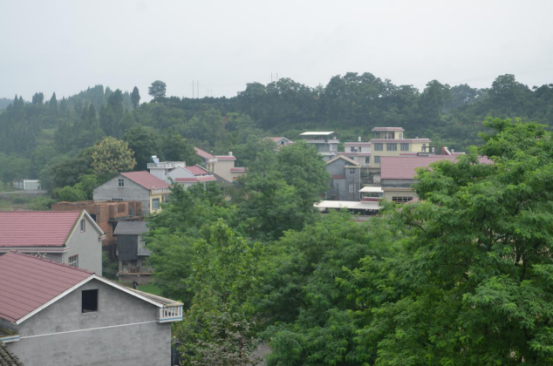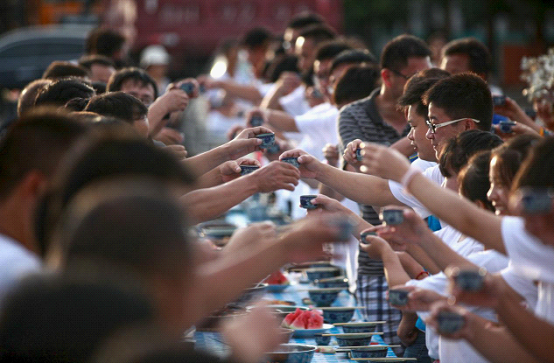Nanmuqiao Village is located in Tanjiazhai Township, Mayang Miao Autonomous County, Huaihua City, approximately 20 kilometers from the county seat and to the west of Fenghuang County. The village consists of four villager groups, with a total of 328 households and a population of 1,456. The village covers an area of 5.7 square kilometers, with 3,340 mu (about 223 hectares) of cultivated land and 5,120 mu (about 341 hectares) of forest land. In 2011, it was recognized as a national 4A scenic area.

The village has a long history and rich culture, with unique customs and traditions, as well as abundant tourism resources. It boasts a refreshing natural environment and features simple yet mysterious folkways and strikingly ethnic architecture. Miao architecture is ingeniously designed and exquisitely crafted, with stilt houses considered the essence of architectural culture. Miao clothing is exceptionally beautiful, and Miao songs and dances are rich in character and vibrant in spirit. Traditional activities like longevity and health practices, Panhu shaman rituals, puppet shows, and lantern festivals are widely enjoyed. The Miao cuisine has its own distinct flavors such as sour soup and preserved meats. Miao customs are incredibly diverse and retain an ancient elegance, with habits such as always wearing silver jewelry and a preference for sour foods.

Local people are friendly and hospitable, with a talent for singing and dancing. The village is designated as one of the first cultural focal points for ethnic groups in Hunan Province and serves as the Miao Culture Research Base of Minzu University of China. Since 2014, it has been open to the public as a comprehensive tourist resort that integrates Miao folk custom experiences, sightseeing, leisure and recreation activities.

In Nanmuqiao, visitors can not only admire Miao architecture but also enjoy performances of Miao songs and dances with unique ethnic characteristics. There are also special cultural activities such as drinking welcoming wine, eating sticky rice, and sharing long table banquet. In addition, one can fully experience the picturesque rural scenery and the pleasant climate, immersing oneself in the simple and tranquil village life.
(Translated by Yang Hong)
